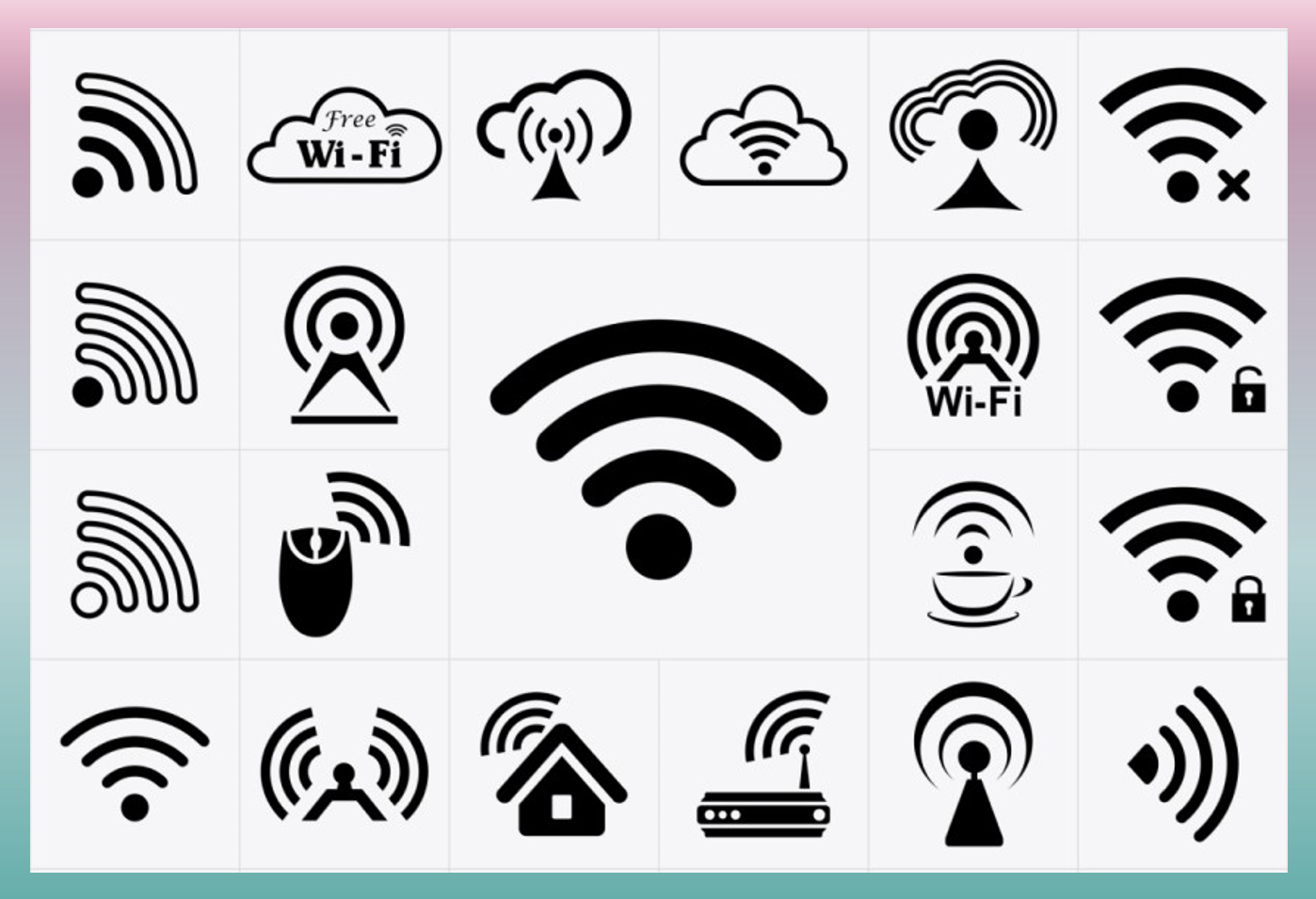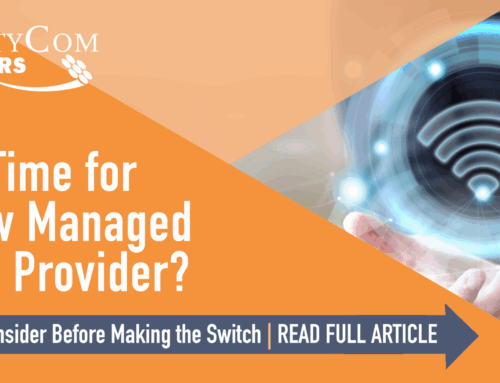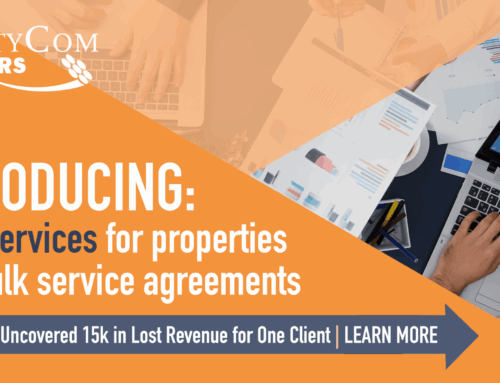By Kelly Larsen
Wi-Fi is truly the unsung hero holding the modern household together. From streaming TV and working from home, to powering your smart thermostat or Roomba – Wi-Fi is a must-have. Under a traditional choice model where the owner may or may not have a marketing agreement in place with the telecom provider, each resident is purchasing their own wireless modem or renting it from the provider themselves. However, there are three other categories of owner-sponsored Wi-Fi that help your properties and residents stay connected:
- Internet Ready – a no-cost option, this is a Wi-Fi router setup in the apartment for convenience when a new resident moves in, so they can connect and sign up for services in minutes without a technician appointment or picking up equipment.
- In Unit Modem-Based Wi-Fi – traditionally referred to as bulk Internet, with this option there is no construction, in-unit access or capital expense to owner. The owner can either include this service in the rent or pass on a reduced Internet rate to residents, in exchange for buying service for the entire property. There are various ways residents can obtain equipment and their Wi-Fi network is limited to their home only.
- Property Wide Wi-Fi – referred to as Managed Wi-Fi, this option is like a hotel experience. It includes construction for the provider to wire and install Wireless Access Points throughout the community in order for residents to be able to have continuous Wi-Fi while moving throughout the common areas and other residents units, without having to sign in or connect to different wireless networks. In many cases, the owner is expected to make a capital contribution to the equipment and wiring being installed but like In Unit Modem-Based Wi-Fi, the owner can include this in rent or pass on a reduced Internet rate to residents, in exchange for buying service for the entire property.
Below is a brief comparison of the various options if you are in the preliminary stages of considering which Wi-Fi system is best for your community.
|
Resident Paid Service (Retail) |
Owner Paid Service (Bulk) |
||
| Internet/Wi-Fi Ready | In-Unit Modem-Based Wi-Fi | Managed or Property-wide Wi-Fi (Bulk Service) | |
| Commonly known as |
Quick Connect, Wi-Fi Ready, Instant On | Bulk Internet | Bulk Managed Wi-Fi |
| Highlights | An easy way for residents to connect to Internet quickly without waiting for equipment or setting up technician appointments | Traditional Bulk Internet with wireless modem placed inside the unit for private use by that resident | Modern Bulk Internet service with wireless Access Points placed throughout the property for ubiquitous Wi-Fi coverage |
| Benefits to Residents | Pre-installed equipment – easy, no-hassle setup | · Resident amenity generally offered at a lower price point than what the resident can secure on their own
· Residents can still upgrade their service by paying incremental cost · No equipment leasing cost to resident |
· Resident amenity generally offered at a lower price point than what the resident can secure on their own · No need to enter credentials as they move throughout the property · No equipment leasing cost to resident |
| Benefits to Owner | · Proven increase to resident subscriptions (+15%) and property revenue
· Convenient amenity · Often part of a new marketing or revenue agreement (no added legal fees) |
. No construction
. Up to 5x the revenue possible versus a traditional marketing and revenue agreement |
. Up to 5x the revenue possible versus a traditional marketing and revenue agreement
. Ability to overlay smart home features and building management systems on the Wi-Fi network |
| Costs to Owner | $0 | · No upfront Capital investment by Owner
· Owner responsible for monthly service for 100% of units (typically charged back to residents with markup) |
· May require Capital investment by Owner
· Owner responsible for monthly service for 100% of units (typically charged back to residents with markup) · Property and in-unit disruption up to 120 days to install equipment and activate wireless network |
| Equipment Responsibility | Provider then Resident | Resident | Owner |
| Longevity | No maintenance, provider uses latest equipment | Replacement of equipment may be required by resident every 3-5 years | Replacement of equipment may be required by Owner every 3-5 years requiring additional capital investment |
| Impact to the Property and Management Team | · Providers may install a bracket if no media cabinet exists today
· Management team works with the Provider to report vacancies or request replacement equipment if a resident takes it when they move out |
· Resident is responsible for the equipment and setting up account and obtaining equipment
· Owner may need to redirect residents to provider when there are service issues · Owner pays one consolidated bill per month and is responsible for collecting payment from residents |
· Often residents are unable to upgrade their service from whatever the property provides for incremental cost
· Owner pays one consolidated bill per month and is responsible for collecting payment from residents |




